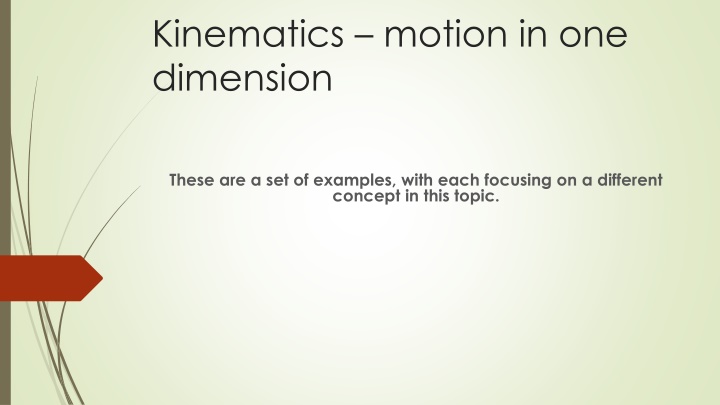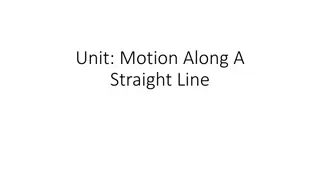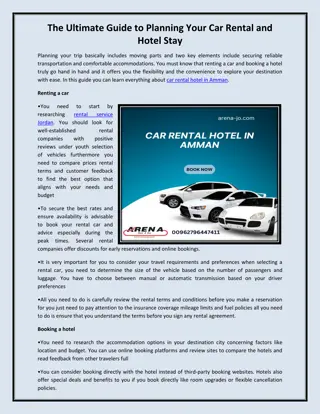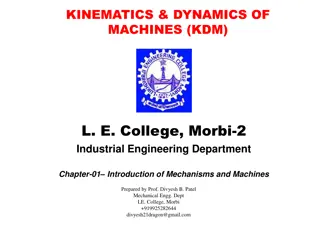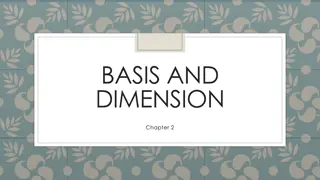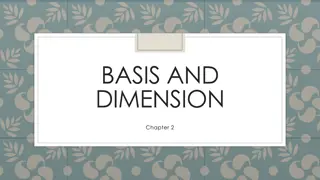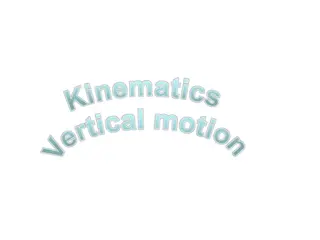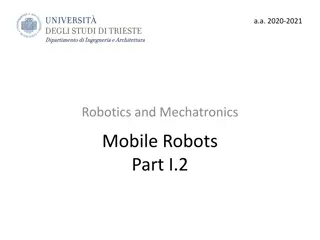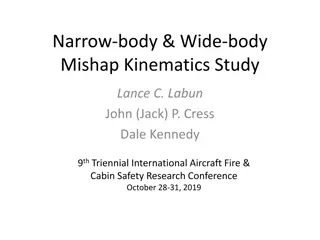Kinematics in One Dimension: Car Example
Set of examples in kinematics focusing on a car accelerating uniformly, decelerating, and calculating total distance travelled. Explains concepts through graphs, calculations, and extended thoughts.
Download Presentation

Please find below an Image/Link to download the presentation.
The content on the website is provided AS IS for your information and personal use only. It may not be sold, licensed, or shared on other websites without obtaining consent from the author.If you encounter any issues during the download, it is possible that the publisher has removed the file from their server.
You are allowed to download the files provided on this website for personal or commercial use, subject to the condition that they are used lawfully. All files are the property of their respective owners.
The content on the website is provided AS IS for your information and personal use only. It may not be sold, licensed, or shared on other websites without obtaining consent from the author.
E N D
Presentation Transcript
Kinematics motion in one dimension These are a set of examples, with each focusing on a different concept in this topic.
Worked Example 1 An introduction A car starts from rest and accelerates uniformly at a rate of 3 m/s for 10 seconds. It travels at this speed for 8 seconds before coming to rest 5 seconds later. i. Represent the information on a time-velocity graph. ii. Find the magnitude of the deceleration. iii. Find the total distance travelled.
Below is how a time-velocity graph of the motion looks .
To find the deceleration, we should consider what information we have about the scenario, and then choose an appropriate formula: u = 30m/s v= 0m/s t = 5s Using v = u + at, we can establish: 0 = 30 + a(5) -30 = 5a -6 = a ..note a negative acceleration indicates deceleration. So, the deceleration is 6m/s2
The total distance can be found by summing/adding the areas of the three shapes:
Using this method gives us: Total Area = Area Shape1+ Area Shape2+ Area Shape3 Total Area = 0.5(10)(30) + 8(30) + 0.5(5)(30) Total Area = 150 + 240 + 75 Total Area = 465 m2
Some extended thoughts. a) The ratio of the acceleration and deceleration to the times spent accelerating/decelerating are inversely proportional the length of time accelerating from 0 to 30 is twice the time spent decelerating from 30 to 0. Hence, the magnitude of the deceleration is twice that of the acceleration. This concept is examined frequently in more challenging questions.
